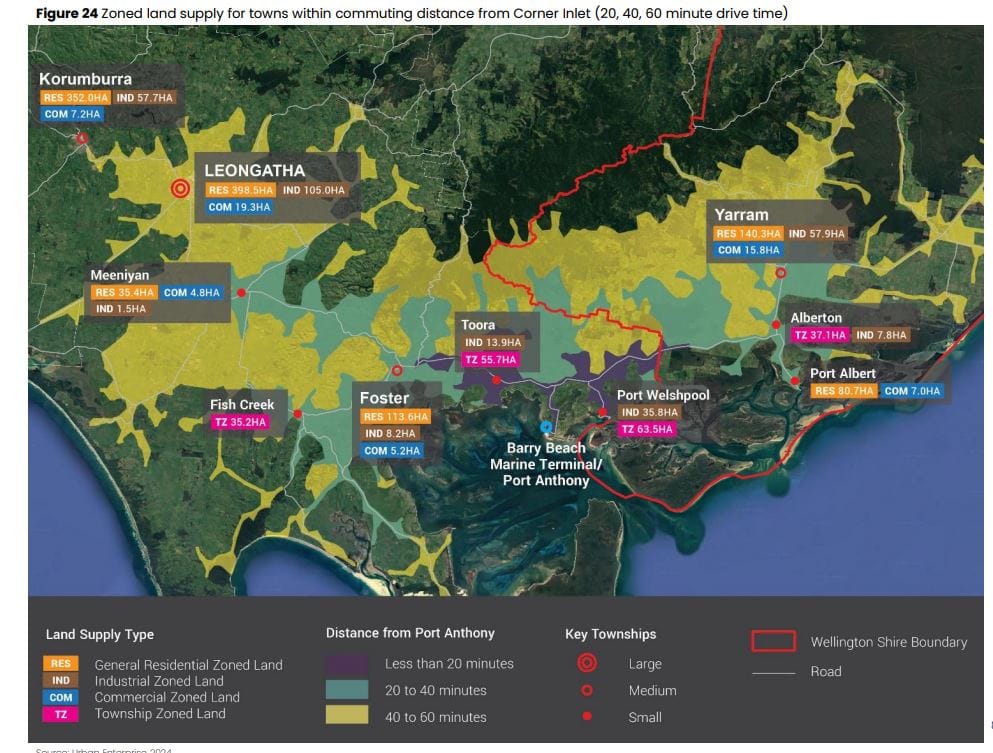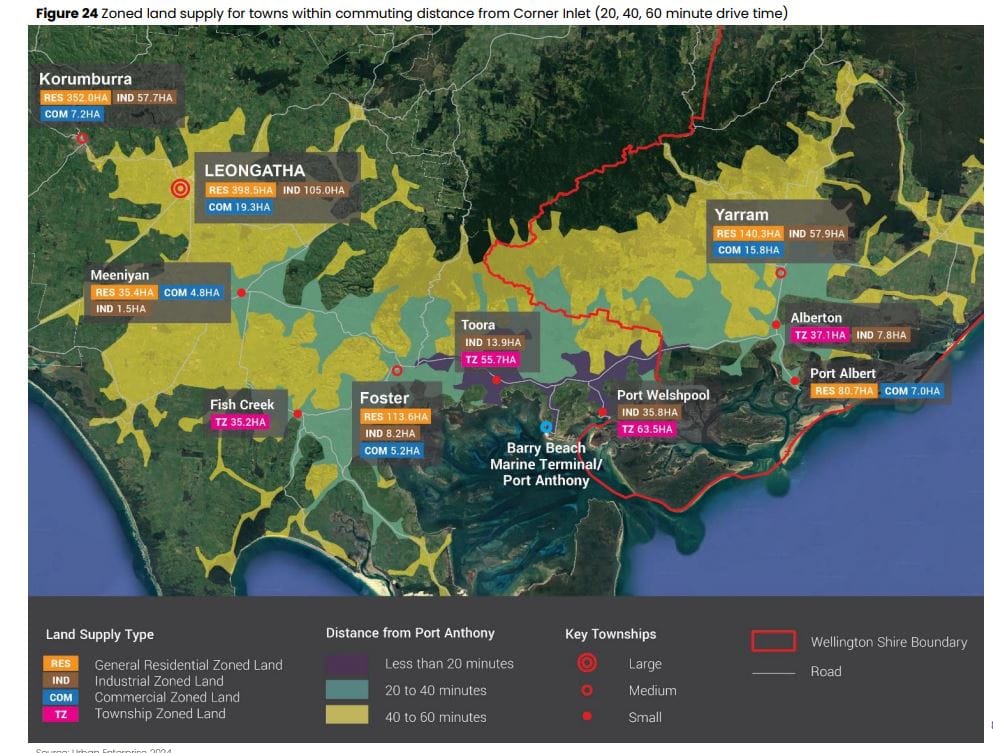South Gippsland Shire Council is sounding the alarm about the need for urgent infrastructure planning as the region prepares for an influx of up to 1,500 construction workers when offshore wind farms begin development in 2027. That’s more than triple the population of Toora, according to the Australian Bureau of Statistics.
And, it’s in addition to the extra 50-80 workers estimated to be needed for decommissioning the Esso oil rigs at Barry Beach, another massive infrastructure project slated to begin later this year.
The 2024 South Gippsland and Latrobe City Renewable Energy Impact and Readiness Study paints a stark picture of the housing challenge ahead. The municipality only has around 100 active rental bonds with a record-high median rent of around $400 per week. This extremely scarce rental market has remained static since 2018, leaving the region ill-equipped to handle any surge in demand.
The accommodation shortage extends beyond rentals. While South Gippsland has approximately 3,200 unoccupied dwellings (mostly holiday homes), according to the most recent ABS census, and there are 263 commercial accommodation rooms, 590 camping and caravan sites and close to 640 rooms in self-contained short term rentals available across South Gippsland, any significant uptake by renewable energy workers could displace tourists, particularly during peak summer periods.
The housing crunch is expected to hit hardest in Foster, Yarram and Leongatha – all within reasonable commuting distance of the ports. Foster and Yarram, as the closest district towns to Barry Beach Marine Terminal and Port Anthony (approximately 25-30 minutes drive), are likely to bear the brunt of worker accommodation needs.
Where will all these workers, some presumably with partners and children, go? Another possibility is renting vacant land around Barry Beach for temporary accommodation, such as demountables. But who will pay for this? And what about the impact on already dilapidated roads and oversubscribed health services?
It’s to that end, that Council has joined forces with Wellington Shire and Gunaikurnai Land and Waters Aboriginal Corporation to apply for $4.7 million in federal funding to develop a comprehensive land and infrastructure plan for the renewable energy boom.
South Gippsland Council’s CEO Alison Jones told the Prom Coast News that accommodation solutions shouldn’t be the sole responsibility of the council: “It cannot just be left up to local government and communities to absorb significant changes in population without additional upfront support and investment.”
The council’s preference remains clear. Jones says they want to see “investment in our local communities that supports workers integrating into the community” rather than temporary solutions.
Speaking to the Gippsland Monitor, Wellington Shire Mayor Scott Rossetti also raised concerns about funding these infrastructure needs, noting that offshore wind farms fall outside local government jurisdiction and therefore don’t contribute regular rate revenue.

“The challenge is that if there’s a whole lot of new requirements for infrastructure for the communities, it either comes from a revenue source like the windfarms or it has to come from the ratepayers,” Rossetti said.
He’s advocating for a payment in lieu of rates, where wind farm companies would negotiate payments to local councils. “We think it’s appropriate that we get some sort of rate revenue coming in from the windfarms, to be able to then support the work that needs to be done in the communities.” Cara Schultz






